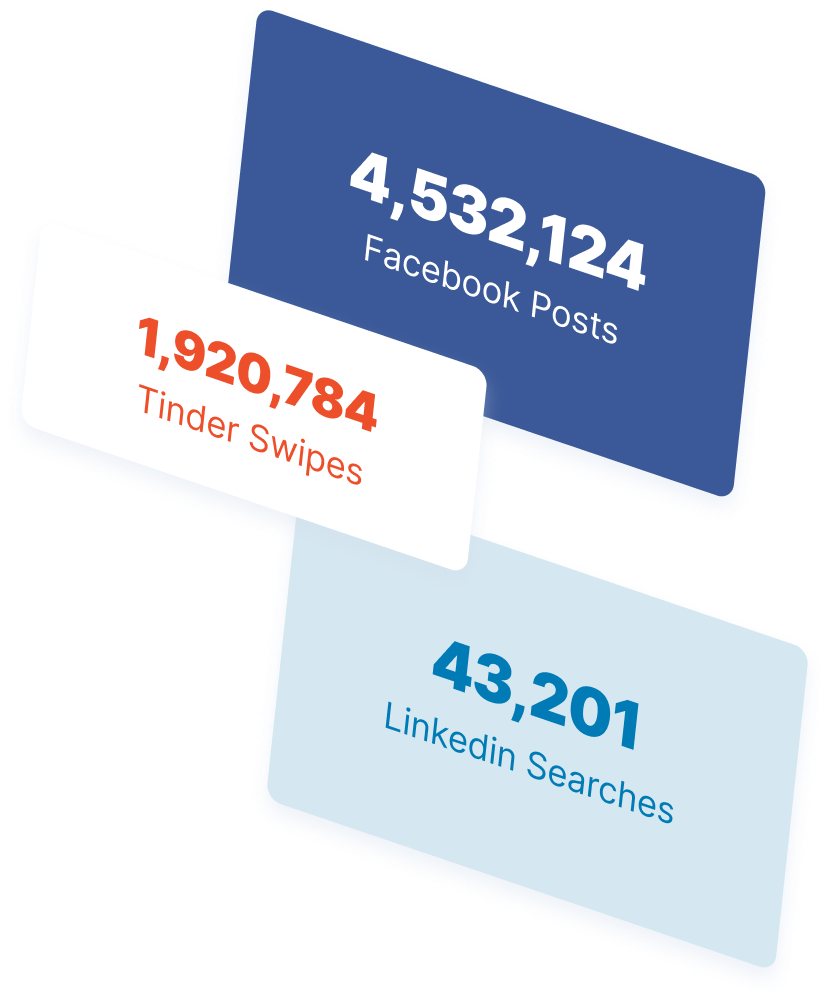If you’ve ever had a baby or even gotten a new pet, you might know the “How am I going to take care of this thing?” panic. I had a similar reaction when I took over the Raven Tools blog about a year ago. Could I give it a good life?
Would I be able to feed it enough? Would it wake me up in the middle of the night? Now that I know the answers to those questions (they are: yes, usually, and often) I’m here to share what I’ve learned.
Whether you’ve been doing content marketing for years or are just beginning a blog for your brand, here are 10 pieces of advice.
1. Make blogging a priority
Carving time out for blogging can be a challenge if it isn’t your only job at work, or if you’re relying on coworkers who also have other responsibilities. Make sure give yourself a consistent writing schedule and set publishing goals (say, 3 posts per week) that you can meet. If others on your team are blogging, follow up if deadlines are languishing and help them re-prioritize.
2. Help ideas stick
I’ve forgotten so many good ideas in my lifetime – and I bet you have, too. Have a system in place to make sure ideas stick around and get executed. If you’re the primary idea generator, keep a notebook handy for jotting down ideas from conversations or dreams (it happens!) and use an online storage system like Evernote or Pinboard to stock up on interesting reading that might spark something.
If others on your team regularly bring you ideas, make sure you designate the channel and way you want to hear them so nothing gets lost.

3. Keep it together
Handling a lot of content can get overwhelming. Stay organized with an editorial calendar that’s customized for your needs. A content audit can also be helpful to help you understand what’s in your inventory.
4. Hold salons, not brainstorms
The best ideas come from great conversations, not sitting in a room trying to think of ideas. If you rely on others in your company for blog content and ideas, keep them talking – about what they read, what’s going on in your industry or even what’s on TV. The ideas will come.
5. Answer every question
You know those endless questions you always get asked about your products/ services/brand/way you do things? The answer to every one of those questions is content. Powerful, important content.
Answer every question you’ve heard. Answer every question people Google about your industry. Write them down on your blog.
Answer them on LinkedIn or Quora. Now you’re an authority.
6. Think beyond words
The first question to answer for any piece of content: What’s the story you want to tell? The second question: What’s the best format to help someone understand that story? It might be words.
But it might be a photo, a video, an audio interview or a graphic. None of these formats is inherently better than any other, but the right format for the right content helps your message spread.
7. Encourage competition
We’re not talking Thunderdome here, but a little friendly competition can be a good thing when a team contributes to a blog. One of my favorite blog sites, Gawker, has a leaderboard in the center of the room so all the writers can see how their pieces stack up. For our purposes, maybe stick with just a monthly report with shout-outs to writers with the best-shared content.

8. Build relationships
Running a blog is a great way to surround yourself with the smartest, coolest people in your industry. Learn from them. Share their content.
Then get them into your house by bringing them onto your blog for a guest post. (And remember to implement authorship when you do). Everybody wins!
9. Make it personal
Even a marketing blog shouldn’t be selling 100% of the time. Get a little vulnerable sometimes. Give your customers, fans and even casual visitors a look inside your brand’s people, causes and struggles.
Those stories will resonate most, and can humanize even the biggest brand.
10. Make time for metrics
Once you’ve got great content, a fount of ideas and a quality audience of fans and friends, all that’s left is to rinse and repeat – getting better as we go, of course. Build some time into your schedule per week, month or reporting period of your choice to go over the metrics that matter to you and make changes accordingly. After all, content that converts is what it’s all about.
Those are some of the lessons I’ve learned from my time in the trenches as a blog editor. What are yours? I’d love to hear them in the comments.
Courtney Seiter is the community manager at Raven Tools. She likes brownies, records and social media tools. Find her on Twitter at @RavenCourtney.
-

WebFX is a full-service marketing agency with 1,100+ client reviews and a 4.9-star rating on Clutch! Find out how our expert team and revenue-accelerating tech can drive results for you! Learn more
The Internet in Real Time
Ever wonder how much is going on at once on the Internet? It can be tough to wrap your mind around it, but we’ve put together a nice visual that’ll help! The numbers show no sign of slowing down either.
Find out More

Ready to Drive Results for Your Business?
See how WebFX uses SEO, PPC, Social Media, and Web Design to Drive Revenue for Businesses.
Get InspiredThe Internet in Real Time
Ever wonder how much is going on at once on the Internet? It can be tough to wrap your mind around it, but we’ve put together a nice visual that’ll help! The numbers show no sign of slowing down either.
Find out More





